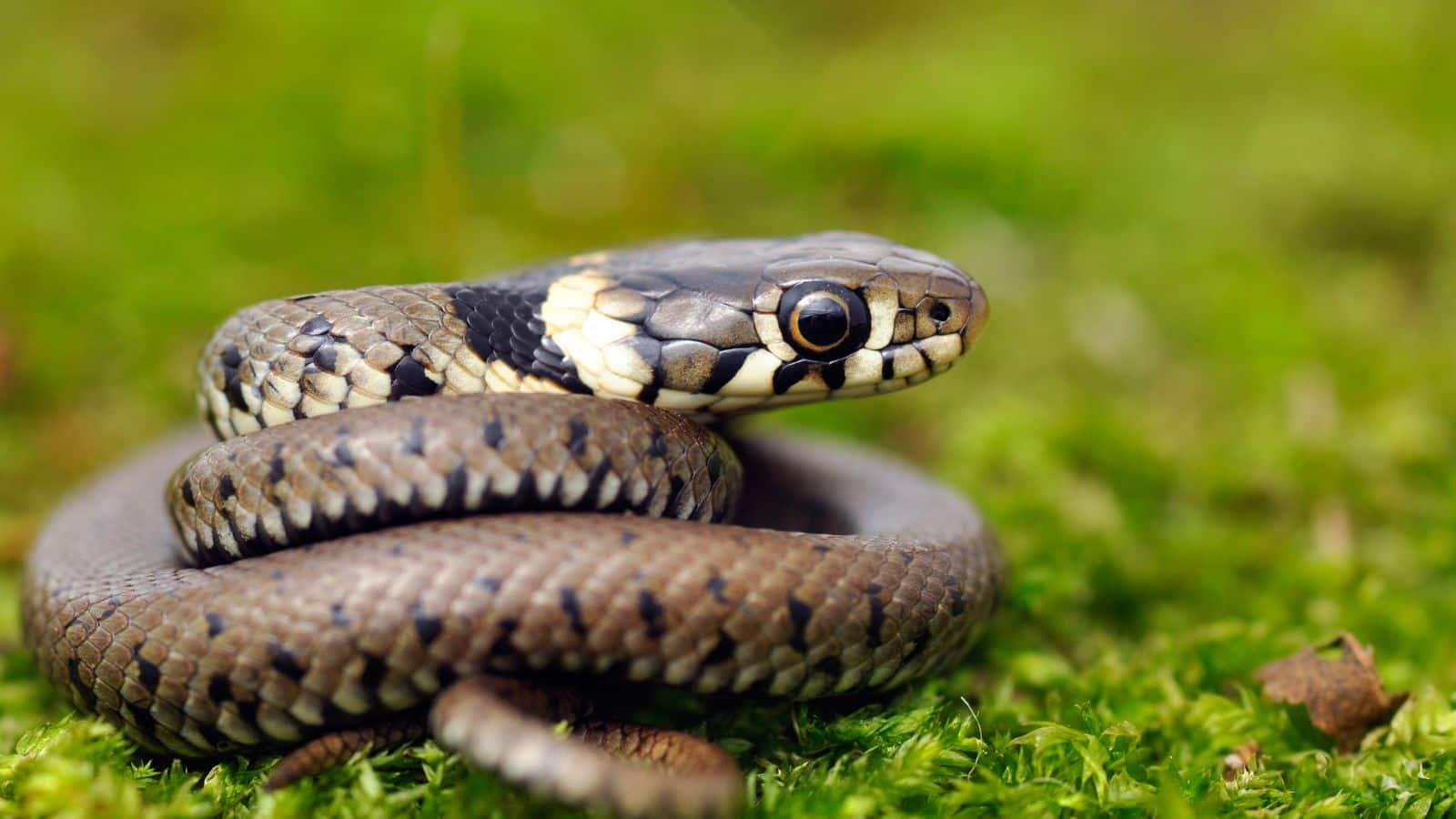
A snake is a name that the heartbeat intensifies on hearing. The sudden appearance in the narrow streets of the forest, farm or village is nothing short of a scary dream. But imagine, if someone bites a snake and there is no doctor nearby, nor hospital, nor anti-venam-then what should happen? At such a time, India’s centuries-old indigenous medical tradition and treasure of herbs. In tribal communities and villages, some special plants are still used to neutralize snake poison. These treatment immediately serves to remove poison, slow down the effect and relieve the body.
These measures are not the option of the hospital, but they can save their lives by using it at the right time. Let’s know about the seven herbs that are considered in the poison of the snake ‘desi anti-venam’.
- Sarpagandha (Indian Snakeroot)
Sarpagandha is counted among the most effective herbs in Ayurveda, especially on the bite of poisonous snakes such as cobra and wiper. Drinking the juice of its leaves or roots reduces the toxic effects on the body. This plant also helps to calm the nervous system and is used greatly as primary treatment in rural areas.
Neem is not only used to identify snake bite. If someone does not taste neem or salt, it is believed that the poison has entered the body. Efforts are made to purify the body by chewing neem leaves or drinking its juice. This is a reliable solution found immediately in villages.
Kaner is a poisonous plant, but when used with experience and carefully, it proves useful in the bite of poisonous snakes like wipers. Its root paste is applied on the wound, and sometimes the juice of the leaves is also given for drinking. If the person starts feeling sleepy, the effect is balanced by giving white butter. This remedy is done only under the supervision of experienced Vaidyas.
- Parshiya tree (Portia Tree)
This tree is found in drought and coastal areas. Its bark juice is given to neutralize the poison. Only 5 to 10 ml of juice is relieved. Its anti-inflammatory properties and the strength to detox the body makes it reliable in tribal communities.
Castor leaves and juice are double use. Drinking its juice mixed with water causes vomiting, causing poison to come out of the body. Also, the leap of the leaves is applied to the cut place. This method is being adopted from generations in many tribal areas.
This plant is less known but its strength is considered special. Its root paste is a tradition of putting it in honey and putting it in the eyes – it sounds strange, but it is considered a traditional technique to pull poison. Applying paste directly on the wound and drinking juice is also common.
- Siana/Aak (Apple of Sodom)
The effect of poison is reduced by drinking a paste of the sticky surface of this plant or a thick paste of the root. Its sharp and bitter qualities make it a poisonous destroyer. It can be harmful in large quantities, so it is important to take care of the right quantity and time. It is a common home remedy in desert areas.





